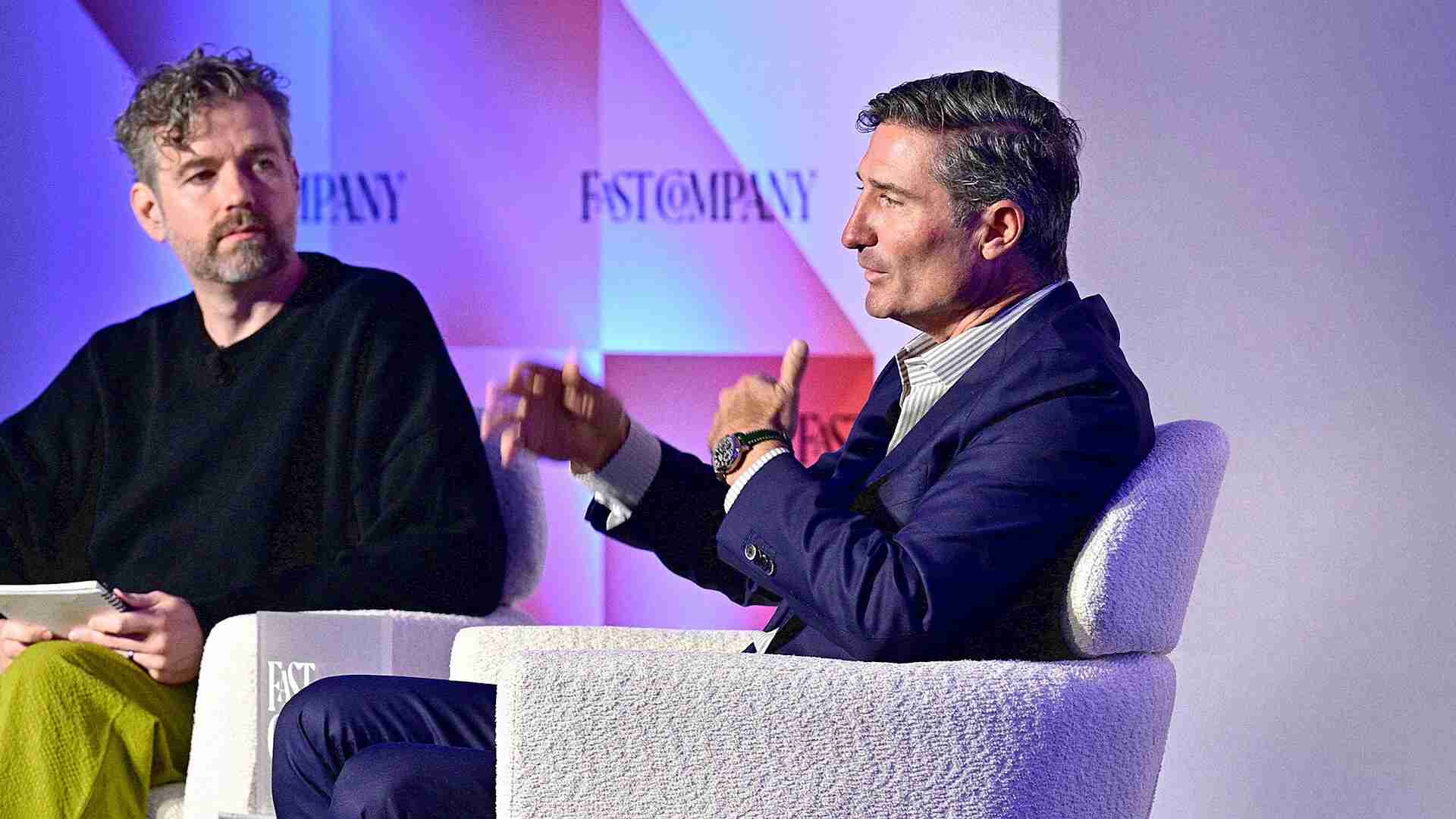- | 9:00 am
Is your company making this foundational mistake?
Here’s why you should not be outsourcing the development of your mission, vision, and values statements.

For more than 15 years I’ve worked as a C-suite brand strategist for Big Retail executives. My purview has included everything from compiling dossiers for new product launches to scouting locations for new branded hotels to writing CEO speeches. As the years went by, I did more focused work for fewer executives, becoming integrated into their individual careers and not just their current corporate affiliations. With every ascending professional shift, they moved key members of their current team from one company to the next. And I was part of that luggage set.
Whether a brand president or CEO, the people I worked with were hired as transformational leaders, charged with making change. And an early signal of that impending change in the organizational structure was a revision of foundational materials: mission, vision, values (MVV).
What surprised me at first, and then grew to frustrate me, was how automatically these leaders hired outside agencies to do this elemental work. Why did such smart businesspeople, proven achievers with a gut sense of the market, doubt they could do this on their own? Maybe they considered this elemental work as solely creative—therefore outside their leadership domain—rather than squarely strategic, integral to identifying long-term goals and how to achieve them—something top executives are very good at.
To be clear, I don’t think that external agencies are the enemy. There is real value in making solid partnerships, and plenty of work that can be sent their way. But when it comes to foundational materials, it is better to lose the layers and stay as close to the bone as possible.
Or, as I would tell my clients: Please. Use your words.
Outsourcing a company’s core identity often results in a kind of corporate word soup full of trendy buzzwords and phrases rather than the kind of clear and authentic language that can articulate a new vision, designed to meet changing needs: straightforward and streamlined language connected to a specific business, grounded words with clarity and utility that people can understand, rather than virtue-signaling phrases (“empowerment”) or obfuscating clichés (“paradigm shift”).
Working on foundational materials with colleagues as part of a brand evolution can also help transformational leaders understand how the people around them think, and ultimately develop their own company language to better reflect their changing position. Whether outsourced or produced in-house, the process is always a challenge. Misalignment can occur whenever an MVV is altered arbitrarily (often by committee) to fit specific agendas rather than the overall corporate identity and purpose. Careless language—such as inserting a buzzword like “sustainability” without considering the commitment required—inevitably causes a disconnect between principles and practices. When ill-informed changes, no matter the source, are not challenged by transformational leaders, a mission statement can be reduced to a mere marketing message rather than a progressive management tool
After 45 years with the mission to “Build the best product, cause no unnecessary harm, use business to inspire and implement solutions to the environmental crisis,” Patagonia issued a new mission statement: “Patagonia is in business to save our home planet.” That’s as close to the bone as words can get, yet a significant declaration of evolving environmental activism.
There’s no escaping jargon. It’s an occupational hazard for those of us who work in communications, and here’s an example of my own: When an MVV works together as three interlocking documents, it forms a Purpose Pact. These documents contain the principles that tell outsiders who a company is, what it does, and how it gets that work done. In addition, they can also provide employees with an action framework and simple common vocabulary: bedrock company philosophy that guardrails group behavior and gives creativity a place to stand.
When written in practical and realistic language with actionable core values and quantifiable objectives—instead of vague and even misleading language with unidentifiable and unachievable goals—these statements create alignment by becoming the default way of thinking for the whole company. They can inspire staff, attracting and retaining talent, and help to fuel growth. Ultimately, that’s just good business.








































